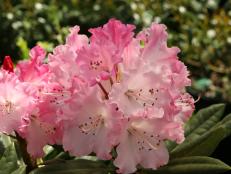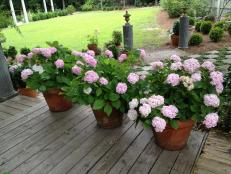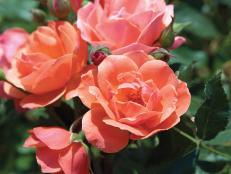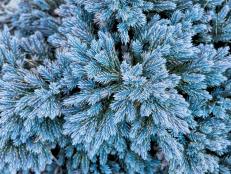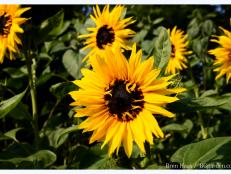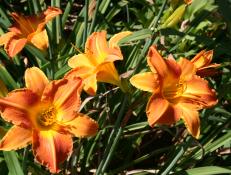How to Plant and Grow Azaleas
These flowering shrubs add a welcome show of color to spring landscapes. They have specific needs, but once satisfied, they grace your garden beds for years.

The Biltmore Company

In many parts of the U.S., we know spring has truly arrived when the azaleas bloom. That's especially true in the southern U.S., where a row of shrubs may put on a spectacular show of light or deep pink, lavender, yellow-orange or snowy white blooms. Different species bloom at different times, so with careful planning, you can have a succession of blooms that lasts for several weeks.
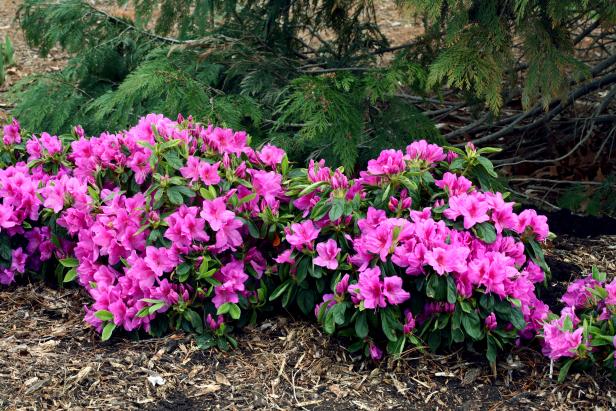
Image courtesy of Proven Winners
First, the basics: Azaleas and another popular flowering shrub, rhododendron, are in the same genus, Rhododendron, so are closely related. The shrubs we call azaleas are often the stars in gardens across the mid-South with more heat-tolerant varieties gracing coastal-area gardens, while the larger-leaved rhododendron shrubs (or "rhodies," as aficionados sometimes call them), do well across wide swaths of the country, especially in cooler climates. The hundreds of varieties of Rhododendron mean there are choices for gardens in all parts of the U.S.
Where Do Azaleas Grow Best?
Different species have different sun requirements, but azaleas are generally considered an understory plant, growing and blooming in the filtered sunlight of a high canopy of foliage. If they don't get enough sun, though, they may not bloom; if the sunlight is too strong, it may bleach the leaves.
How to Plant Azaleas
Azaleas are finicky about soil pH — the measure of soil acidity or alkalinity — so before you plant, a soil test may be in order. In measuring soil pH, 7 is neutral. All plants in the genus Rhododendron prefer acidic soil, so a pH range of 4.5 to 6.0 is ideal. If soil is too alkaline, azaleas are unable to absorb nutrients; smaller, yellowish leaves are a clue that your azaleas need a more acidic environment.
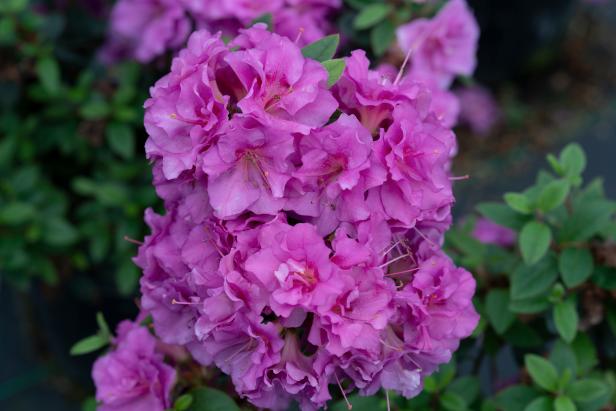
Timothy D. Wood, Proven Winners
They also suffer in heavy, clay soil, so it's best to work plenty of organic matter into a bed where azaleas will grow. Yellowing, wilting foliage may be a sign of root rot. If it's too difficult to amend the planting area, you may prefer to plant azaleas in raised beds where you can control the pH and the quality of the soil.
Spring and fall are good times to add azaleas to your garden. They are shallow-rooted shrubs, so prepare a hole that is only as deep as the container it's growing in, but make it about three times as wide as the plant's root ball. Mix compost or organic material into the soil for better drainage, and add enough soil back to the hole so that the top of the root ball rests an inch or so above the soil.
If you find the roots are matted or dense when you remove the root ball from the pot, break into the soil until you loosen about an inch of the roots. Place the plant so that the top of the root ball is above the existing soil, and scoop the amended soil back into the hole around the root ball; the top of the root ball should be at the same level as the surrounding soil. Create a slight mound about 2 feet out from the trunk to capture water; do not mound soil up around the trunk of the shrub.
Water thoroughly after planting, and add a thick layer of mulch, keeping it at least 2 inches from the trunk. During the plant's first year in the ground, azaleas need about an inch of water a week, either from rain or irrigation. Be sure to water during prolonged dry spells; a young azalea's root ball should not be allowed to dry out completely.
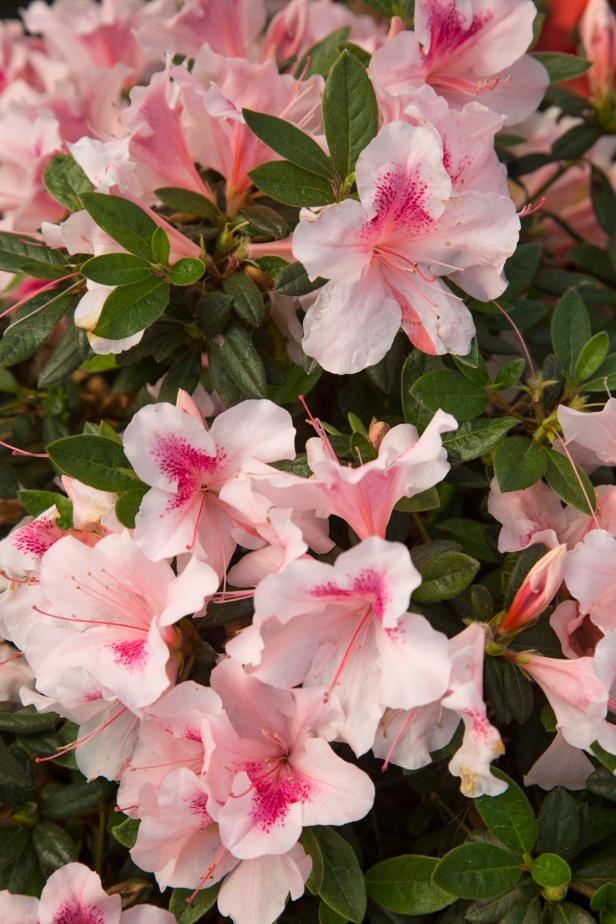
Encore Azalea
If you are planting more than one azalea shrub, space them to allow for the plant's width at maturity as indicated on the plant tag.
Weeding and Feeding Azaleas
If the soil is rich and crumbly and drains well and the plants are properly mulched, an azalea doesn't need much to remain satisfied. An application of compost, added as a top dressing once or twice a year, is beneficial. There are organic slow-release fertilizers developed specifically for acid-loving azaleas and rhododendrons. Fertilize in spring as buds are beginning to show color.
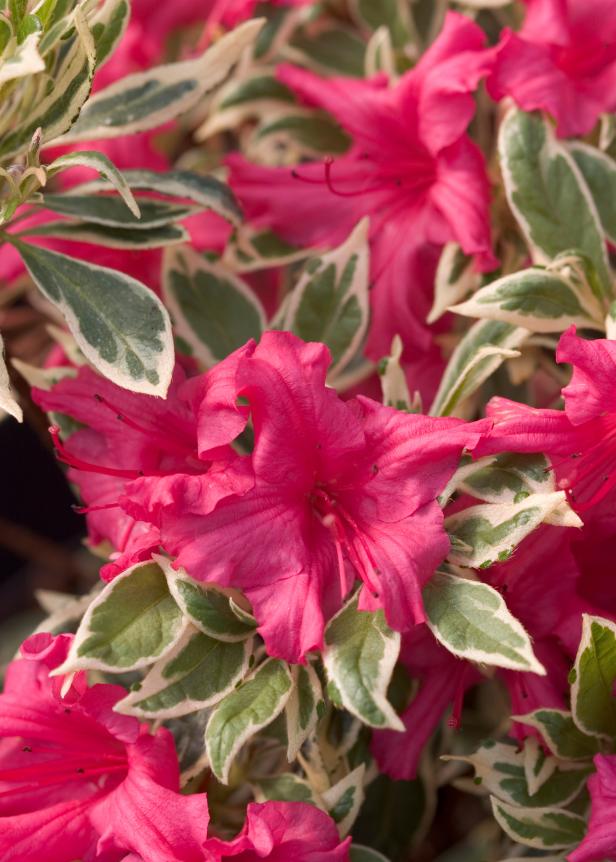
Proven Winners
Azaleas' roots are shallow, so pull weeds by hand to avoid disturbing the roots – another reason to use mulch in an azalea bed. Avoid walking on the ground around azaleas and compacting the soil.
Pruning Azaleas
Azaleas grow slowly, so pruning is not necessary unless the plant gets too large for its space or develops dead branches. You may want to pinch the tips of young plants to encourage them to grow bushier.
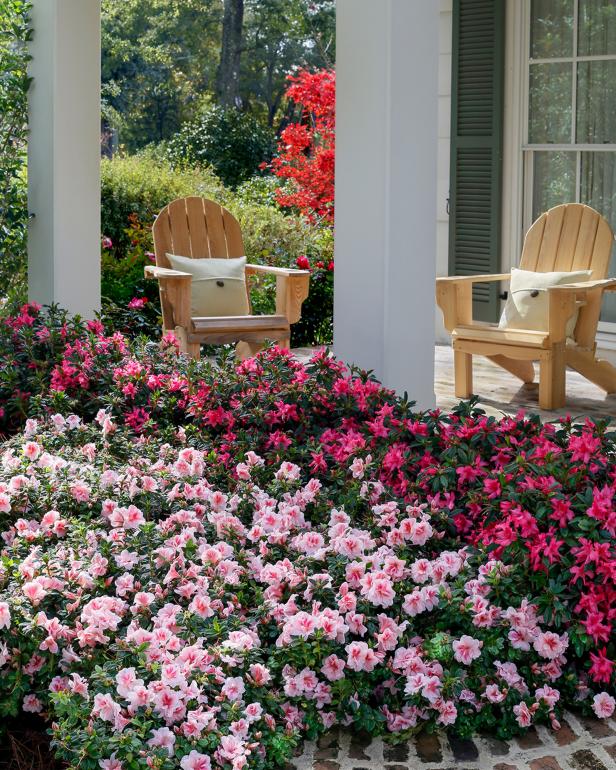
Encore Azalea
If you find you need to prune to reduce the size of a shrub, you can do any clipping and shaping while it's in bloom in the spring (and use the cut branches in arrangements), or do the job just after it has finished blooming. Azaleas bloom on the previous year's growth, so severe pruning in summer or fall, as buds are developing for the following year, means you're cutting off next year's flowers.
Azalea Origin & Varieties
Azaleas native to the U.S. are deciduous. The shrubs more commonly seen in landscapes and generally available in quantity from large retail outlets are native to Asia and hold onto their foliage all year. Different species have different types of flowers — single, double, semi-double — in a range of pale or rich colors and variations.
Originally, azaleas bloomed only once a year, in spring. But hybridizers have developed reblooming azaleas, such as the Encore® brand and other varieties that bloom in the spring and again throughout the summer.
Stunning Biltmore Estate Azaleas 12 Photos
Are you an azalea lover? Check out these stunning varieties grown on the grounds of the Biltmore Estate in Asheville, North Carolina.
Some new or unusual varieties include:
- Bloom-a-Thon 'Pink Double,' a reblooming azalea with double pink flowers from Proven Winners.
- 'Perfecto Mundo' Double Purple, a new re-blooming variety from Proven Winners.
- 'Autumn Chiffon,' a dwarf, bi-color pink azalea from Encore Azaleas.
- 'Bollywood,' a Proven Winners pink-flowered azalea with variegated foliage.
- 'Autumn Sundance,' from Encore Azaleas, with deep pink flowers and reddish winter foliage.
Can Azaleas Grow in Containers?
An azalea shrub in a container can bring a splash of color to your patio or porch during the growing season. Plant azaleas in potting mix that is made specifically for acid-loving plants and in a container that drains well and is large enough to give the plants' roots room to grow. Place it in a location that gets filtered sunlight, or sun in the morning and shade in the afternoon.

Flynnside Out Productions
A quick way to add lots of life to your deck is with a grouping of potted plants. These azaleas are gathered in different areas of the deck to pop color and texture with springtime flair.
Shrubs in containers dry out quickly, so the azalea may require daily watering in hot weather if it doesn't rain. Apply a slow-release fertilizer for acid-loving plants once or twice during the growing season. Shrubs in containers are also more vulnerable to freezing, so they should be moved to a protected location in areas that experience freezing winter weather.








